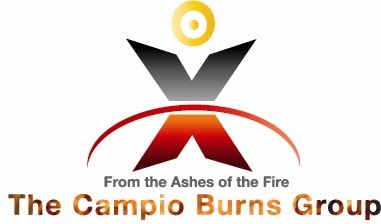UNICEF has found that 5 million children in Africa die from accidental or environmental deaths, like fires, each year and generally 10 million die from totally preventable causes. 1300 children die or are injured in South Africa per year (these being the most severe cases). According to Red Cross burns unit, the leading cause of burns injury or death is caused by hot water and fire accidents. 250 children are cared for by Red Cross per month, yet the hospital only has 22 beds. Less severe cases are referred to clinics and day hospitals for continued treatment. Socio-economic issues often prevent ongoing treatment leaving the victim vulnerable to infections and possibly death.
PASASA says that 11 million South Africans come into contact with paraffin and most fire accidents are caused by the unsafe use of paraffin stoves etc. Hot water accidents are proof that burns education is imperative. According to the article (Pretoria News – 2006) former Education Minister, Naledi Pandor is quoted as having said that – 4, 7-million people are regarded as totally illiterate because they had never attended school. 4, 9 million South Africans were functionally illiterate (people who had dropped out of school before Grade Seven).
CAMPIO therefore believes that in order to effectively educate communities, the need for literacy amongst users of paraffin equipment and flammable materials must be evaluated, addressed and facilitated.
Globally, fire-related burns account for 300,000 deaths annually, with many more deaths from scalds, electrical burns, chemical burns, and other forms of burns, for which global data are not available. In addition, millions more are left with lifelong disabilities and disfigurements.
Most burns (95%) occur in low- and middle-income countries (LMIC) where victims are least able to cope with the often devastating economic consequences. The death rate for burns is 11 times higher in LMIC compared to HIC (4.3 per 100,000 against 0.4 per 100,000).
The Purpose of this presentation is to understand the nature, occurrence and frequency of paraffin- and energy-related morbidity and mortality in South Africa.
Harmful incidents in this context refer mainly to poisoning by ingestion, fire and burns. It is impossible to come up with definitive figures because it is so difficult to get hold of this sort of data. Many cases do not reach the formal healthcare system. For those cases that do reach the healthcare system, it is difficult to get meaningful data. Hospitals are generally not geared to recording data for the prioritisation of preventative services and rather focus on curative services. For hospitals, diagnosis rather than injury is more useful for effective treatment and when patients are referred to secondary and tertiary facilities to higher level facilities, the external cause of injury is not always noted.
 |
| Fire simulation |
In terms of fires, statistics are very hard to come by. The majority of fire incidents responded to have an unknown cause. One reason is the fear of reprisal. The persons in whose home the fire started, fear being victimised. The nature of fire mean that it will be hard to determine if a paraffin appliance or paraffin stored in a home was the cause or contributor to a particular blaze.
Estimates of incidents range wildly and Paraffin Safety Association has continued to commission research with sufficiently high samples to extrapolate national estimates that are meaningful. Most people working in the field (such as paediatric and burns health professionals as well as emergency services) agree that the number is unacceptably high and runs into many thousands of incidents every year.
(www.paraffinsafety.org )
